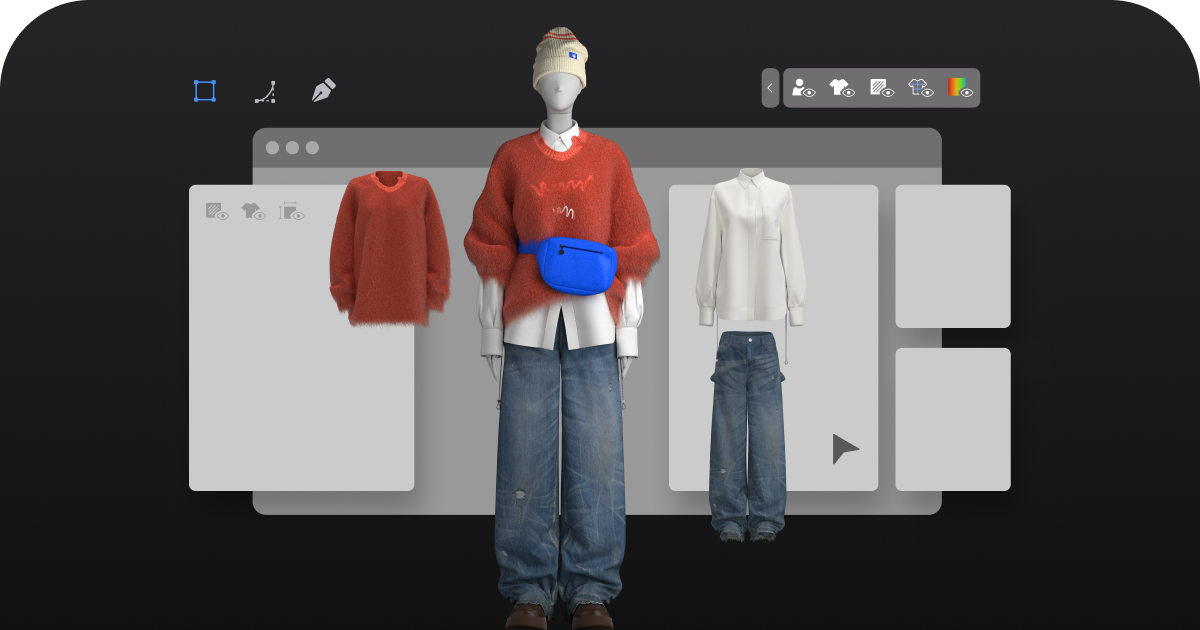
# Fashion Design Software: Revolutionizing the Creative Process
## The Evolution of Fashion Design Tools
Fashion design software has transformed the way designers conceptualize, create, and bring their visions to life. Gone are the days when designers relied solely on paper sketches and physical prototypes. Today’s digital tools offer unprecedented precision, efficiency, and creative freedom.
From early CAD programs to sophisticated 3D modeling applications, fashion design software has evolved to meet the growing demands of an increasingly digital industry. These tools now integrate seamlessly with production processes, enabling designers to visualize garments in realistic simulations before committing to physical samples.
Keyword: fashion design software
## Key Features of Modern Fashion Design Software
Contemporary fashion design platforms offer an impressive array of features that streamline the creative workflow:
– Digital pattern making with precise measurements
– 3D garment visualization and draping
– Fabric simulation with realistic textures
– Color palette creation and management
– Collaboration tools for team projects
– Integration with manufacturing systems
These capabilities allow designers to experiment freely, make rapid iterations, and reduce material waste during the development phase.
## Benefits for Designers and Brands
The adoption of fashion design software brings numerous advantages to both individual designers and established brands:
### Increased Efficiency
Digital tools significantly reduce the time required to move from concept to prototype. Designers can create multiple variations quickly, test different fabrics virtually, and make adjustments in real-time.
### Cost Reduction
By minimizing the need for physical samples and reducing material waste, fashion design software helps brands cut production costs. The ability to visualize garments digitally before manufacturing also decreases the likelihood of expensive errors.
### Enhanced Creativity
With technical constraints minimized, designers can explore more ambitious concepts. The software’s ability to simulate complex drapes, textures, and movements encourages innovative thinking and pushes creative boundaries.
## Industry Impact and Future Trends
Fashion design software is reshaping the entire apparel industry. Major brands now incorporate these tools throughout their design and production pipelines, while independent designers gain access to capabilities previously available only to large corporations.
Emerging technologies like AI-assisted design and virtual reality integration promise to further revolutionize the field. These advancements will likely make the design process even more intuitive and collaborative, potentially democratizing fashion creation on a global scale.
As the technology continues to evolve, fashion design software will undoubtedly play an increasingly central role in how we conceive, create, and experience clothing in the digital age.